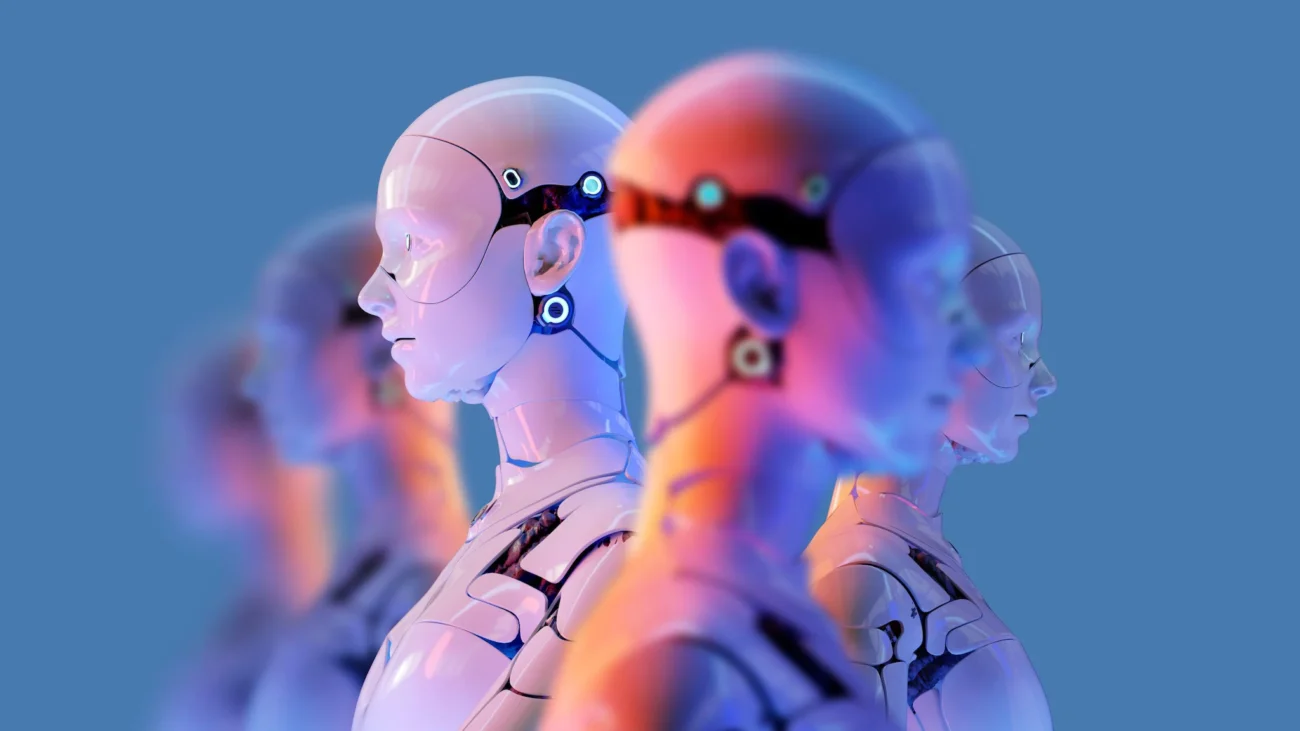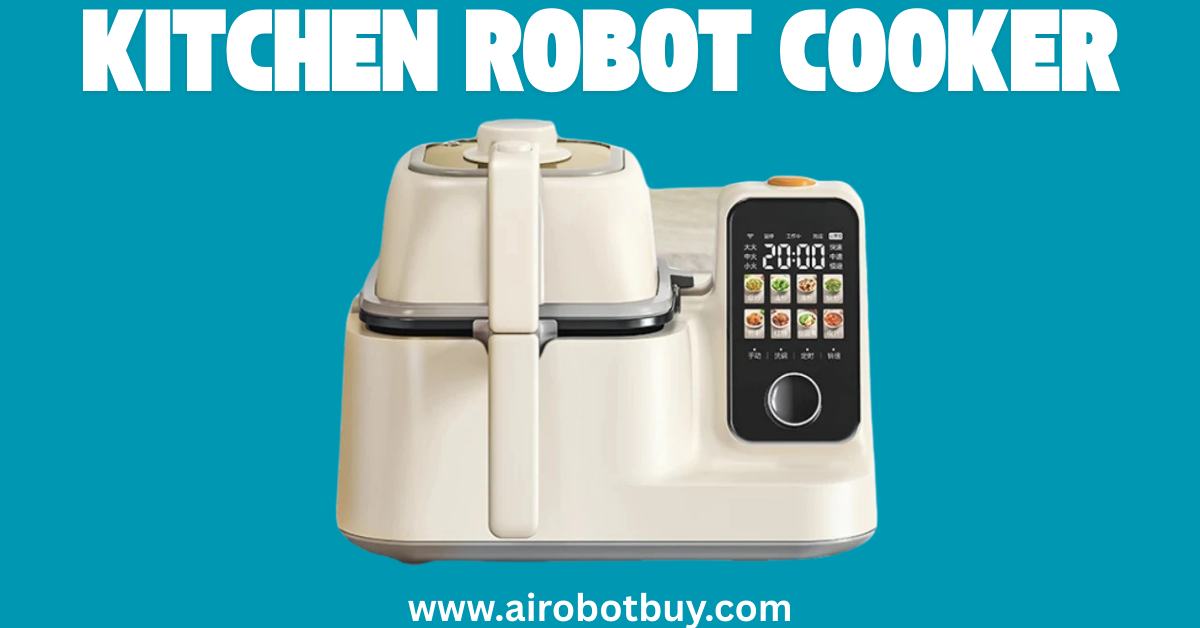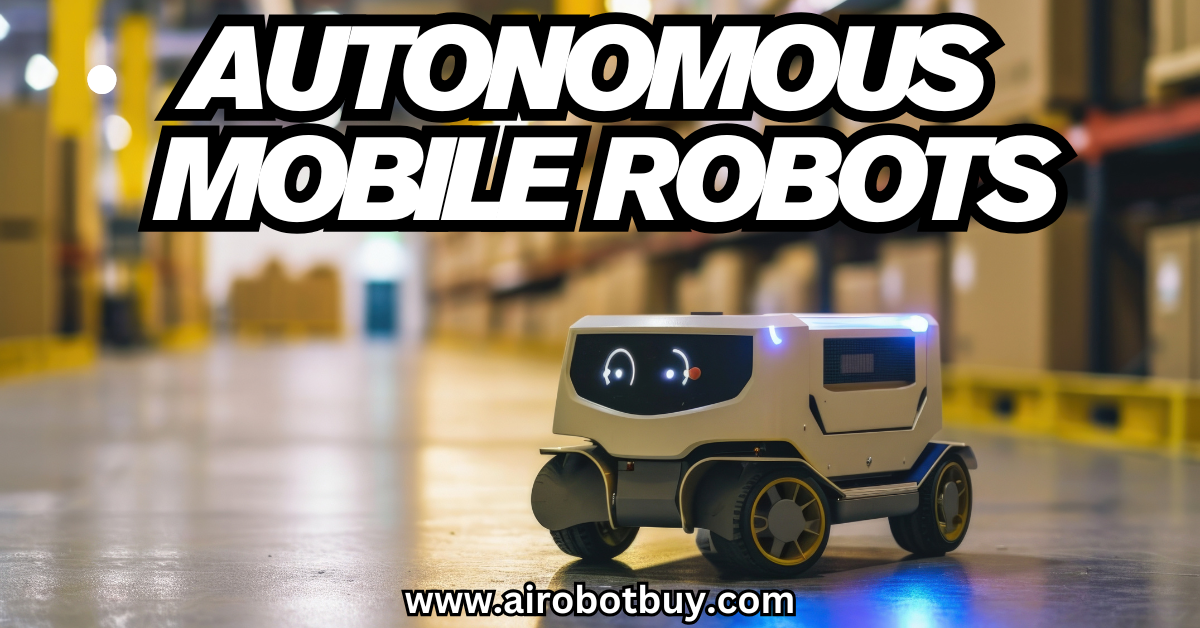Service robots are transforming various industries by assisting humans in daily tasks, improving efficiency, and enhancing customer experiences. These robots are designed to operate in commercial, domestic, and public environments, providing essential services in healthcare, hospitality, retail, and beyond. In this article, we explore the different types of service robots, their benefits, and how they are shaping the future.
What Are Service Robots?
Service robots are autonomous or semi-autonomous machines designed to assist humans by performing tasks in homes, businesses, and public spaces. Unlike industrial robots used for manufacturing, service robots focus on customer service, convenience, and automation in non-industrial settings.
Types of Service Robots
Service robots are classified based on their functions and industries they serve:
- Healthcare Service Robots – Assist in surgeries, patient care, and elderly assistance.
- Hospitality and Retail Robots – Enhance customer service in hotels, restaurants, and stores.
- Cleaning and Maintenance Robots – Used for household chores, office cleaning, and industrial maintenance.
- Security and Surveillance Robots – Monitor premises and detect security threats.
- Educational and Companion Robots – Aid in learning and provide companionship for children and the elderly.
Key Technologies in Service Robotics
Service robots incorporate advanced technologies to improve their capabilities and user interaction:
1. Artificial Intelligence and Machine Learning
AI enables robots to analyze data, adapt to new environments, and interact intelligently with users.
2. Computer Vision and Object Recognition
These technologies help robots recognize people, objects, and surroundings, allowing them to navigate safely.
3. Speech and Voice Recognition
Natural language processing (NLP) allows robots to understand and respond to voice commands.
4. IoT Integration
Connected service robots can communicate with other smart devices, enhancing automation in homes and workplaces.
5. Mobility and Navigation Systems
Advanced sensors, LiDAR, and GPS enable robots to move autonomously and avoid obstacles.
Benefits of Service Robots
- Enhanced Efficiency – Automates repetitive tasks, reducing human workload.
- Improved Customer Experience – Personalized services in retail and hospitality.
- Better Healthcare Support – Assists medical professionals and caregivers.
- Increased Safety – Reduces human exposure to hazardous environments.
- Cost Savings – Lowers operational costs by automating services.
Challenges and Solutions
Despite their advantages, service robots face several challenges:
- High Implementation Costs – Solution: Advancements in AI and robotics are making service robots more affordable.
- Limited Human Interaction – Solution: Improved AI-driven communication enhances interaction with users.
- Regulatory and Ethical Concerns – Solution: Establishing ethical guidelines ensures responsible use of service robots.
Future Trends in Service Robotics
- AI-Powered Virtual Assistants – Smarter AI-driven home and workplace assistants.
- Autonomous Delivery Robots – More efficient robots for food and package deliveries.
- AI Companionship Robots – Robots designed for mental health and elderly care.
- Robotic Chefs and Bartenders – Automating food preparation and beverage services.
- Self-Learning Robots – Enhanced adaptability through machine learning.
Conclusion
Service robots are revolutionizing industries by enhancing convenience, efficiency, and customer experience. With rapid advancements in AI and robotics, service robots will continue to evolve, becoming an integral part of daily life. From healthcare to retail and home automation, their potential is limitless.
Stay tuned for our next article on Industrial Robotics and how they are transforming manufacturing and production!






























